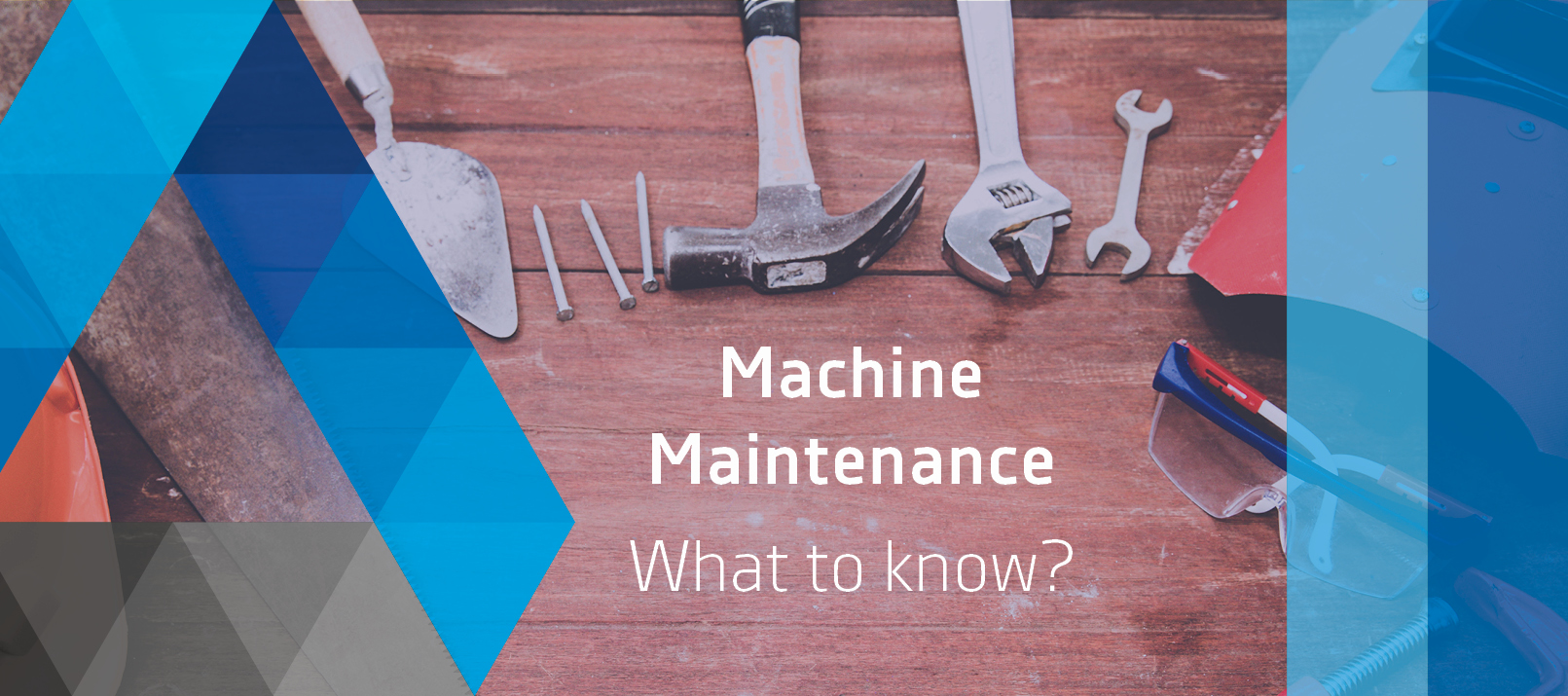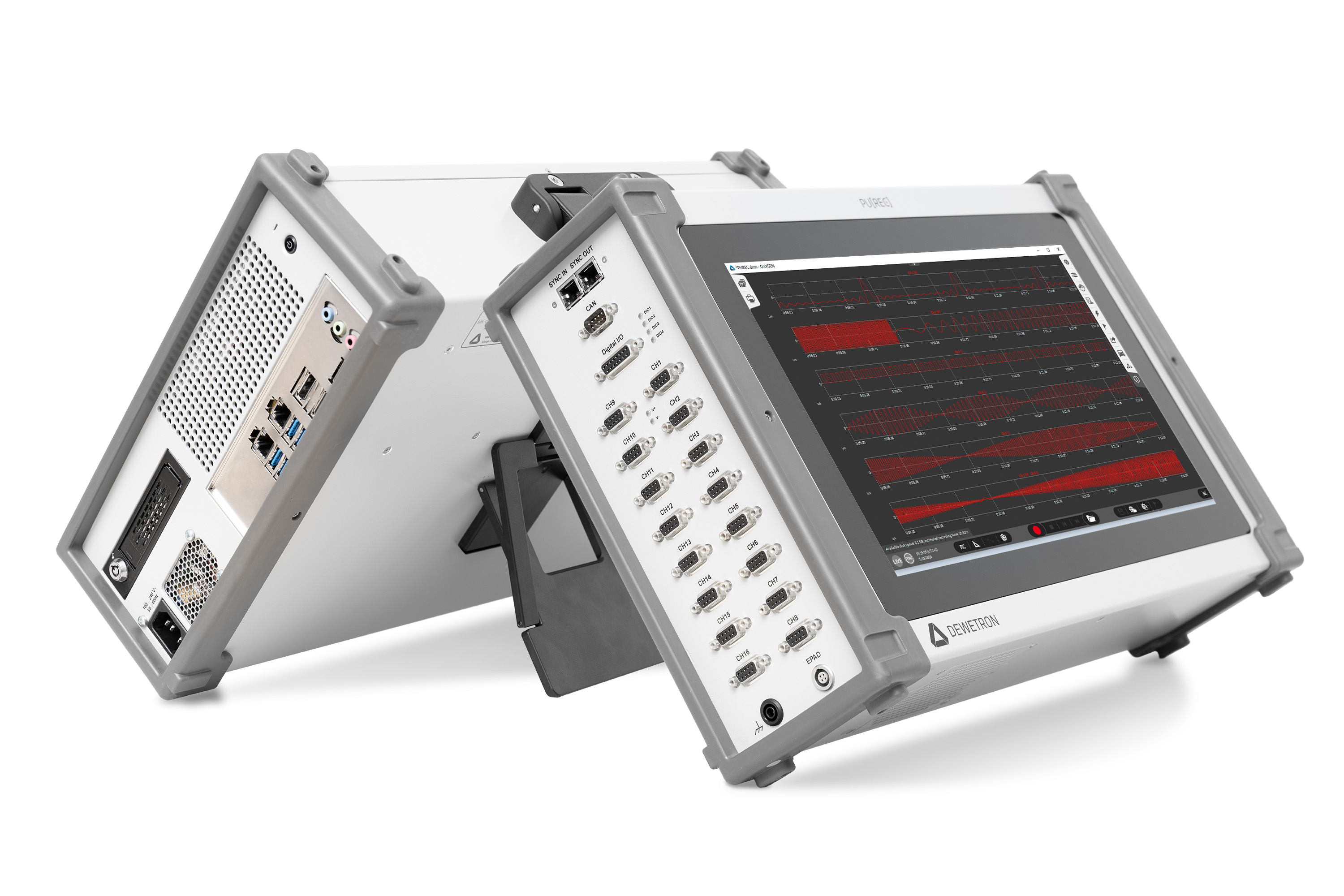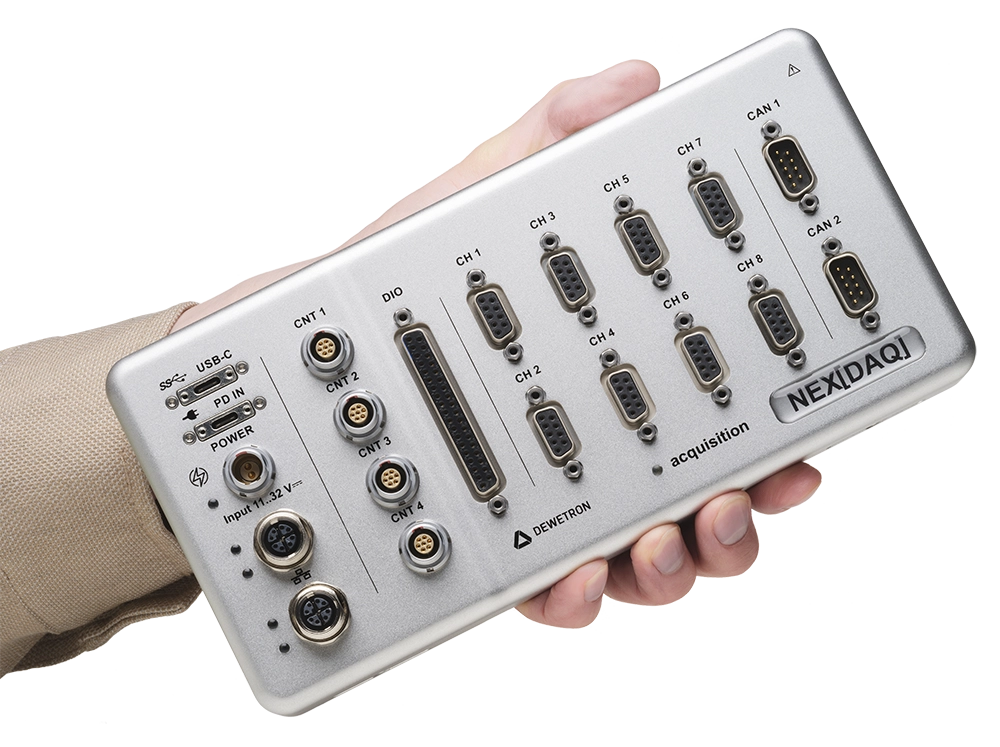Machine maintenance – what to know?

Maintenance is essential to all types of machines – cars, aircraft, industrial equipment, coffee machines, and so on. Limewater calcifies, dirty oil agglutinates, bridle rubber rips, etc. – and all this harms your equipment, decreases performance, and increases costs. Therefore, well-maintained equipment and machines are important to increase your up-time and efficiency, which finally leads to higher revenues.
What is maintenance?
First of all, let us clarify what is maintenance or what we mean when we talk about maintenance. In general, maintenance covers all maintenance, repair, and overhaul (MRO) processes. This includes any activity which intends to retain or restore a functional unit, equipment, or machine. Various examples:
- oil changes for engines,
- regular cleaning of HVAC systems,
- lubrication of rotational units,
- decalcification of laundry machines,
- replacement of defective parts in a manufacturing plant,
- …
How to distinguish between maintenance work?
As previously shown, not all maintenance work is the same. As a general rule, maintenance is divided into two basic types:
- preventive maintenance – regularly scheduled equipment checks and services
- corrective maintenance – repair or replacement of equipment after a malfunction, wear out, or breakdown
1. Preventive maintenance
Preventive maintenance refers to any periodically planned maintenance. The goal is to fix and find small issues before they evolve into bigger problems. Ideally, nothing would break down and your equipment would be running without any failure between two scheduled services.
The concept of preventive maintenance can be further specified and therefore subdivided into specific sub-types:
Condition-based maintenance
As the term suggests, condition-based maintenance depends on the condition of your equipment. It is performed when there are signs that the performance of your equipment is declining, or parts of your equipment will fail.
Planned maintenance
Planned preventive maintenance, also known as planned maintenance or scheduled maintenance, is any scheduled maintenance of an object of equipment. Usually, this is a planned visit by an external expert to ensure the proper operation of your machinery.
Predictive maintenance
Predictive maintenance covers all techniques that help determine the condition of your equipment or machine in order to assess when further maintenance is required. This also includes all the tools and sensors that track and measure machine performance. Predictive maintenance is only a part of the overall maintenance process and requires further steps like condition-based maintenance or corrective maintenance.
2. Corrective Maintenance
Corrective maintenance is performed after equipment breakdown or malfunction. This covers all kinds of repairs and replacements of damaged parts. Usually, this is the most expensive type of maintenance.
How to improve machine maintenance?
There are various ways to improve maintenance at your facility. Here are our top three suggestions:
1. Create an effective maintenance plan!
Effective maintenance planning is essential for overall performance and ensures that you can sustain the proper working condition of your equipment. An effective maintenance plan should contain instructions about the work itself: What should be done and how should it be implemented? Also, include a schedule: When and how often should maintenance be performed? Further, it is possible to include spare parts, special-trained personnel, or contractors in your maintenance planning. The more careful the planning, the more effective the plan.
2. Keep your workers trained and safe!
Another key point is staff training and safety. Make sure your employees are qualified and trained to perform maintenance tasks quickly and accurately. Also, provide and check the proper protective equipment required. Properly developed and implemented maintenance training will help you save money, increase product quality and improve employee morale.
3. Monitor your equipment!
Our final piece of advice is about monitoring asset performance. Accurate data and measurements regarding your machines are essential. They allow you to choose the right maintenance strategy that will lead to better and more reliable performance. Without, maintenance concepts such as predictive or condition-based maintenance are pointless.
DEWETRON – How can we support your maintenance plan?
And this is where we come into play. We are DEWETRON, a manufacturer of modular and high-precision measurement instruments. With the PU[REC]and the NEX[DAQ], we offer you two perfect solutions for monitoring asset performance.
PU[REC] – our portable, reliable, and easy-to-use power analyzer

PU[REC] – the portable and reliable data recorder
The PU[REC] is a portable and expandable data recorder that is also suitable for harsh environments. Besides the usual electrical power measurements, the PU[REC] is also capable of cloud-based monitoring. This enables power quality monitoring on 3-phase ohmic-capacitive loads all day long. The monitoring process contains:
- data acquisition,
- signal conditioning,
- visualization via OXYGEN (DEWETRON’s intuitive test and measurement software),
- locally storing the data on the integrated SSD in form of 60s files,
- and uploading it to the cloud (via an Ethernet connection).
The recorded and saved data can further be viewed and processed with OXYGEN. Perform all kinds of mathematical operations, formulas, filters, statistical analysis, and more.
Want to know more about PU[REC]?
| PU[REC] – Product description | PU[REC] – Whitepaper |
NEX[DAQ] – the flexible “everyday DAQ tool”
 NEX[DAQ] – the robust, versatile and compact DAQ system
NEX[DAQ] – the robust, versatile and compact DAQ system
The NEX[DAQ] is our compact and flexible DAQ tool for troubleshooters. Connected to the USB-C or Ethernet interface of any computer, it becomes a powerful measurement system for a variety of measurement tasks.
In addition, the NEX[DAQ] is IP67 certified, meaning it is dust- and waterproof over a longer period of time. It can be used within a temperature range of -20 °C to +70 °C and since it has no fans it is entirely noiseless. Several NEX[DAQ] units can be daisy-chained to a multi-channel system. Simply connect them via Ethernet PTP/IEEE1588 and start your gapless data recording with OXYGEN.
Want to know more about NEX[DAQ]?
| NEX[DAQ] – Product description | NEX[DAQ] – Datasheet |
What to remember?
Machine maintenance is important! It increases performance, efficiency, and thus revenue. In general, we distinguish between two maintenance concepts: preventive maintenance and corrective maintenance. And finally, to improve your asset maintenance, establish an efficient maintenance plan, train your employees, and monitor your equipment.





